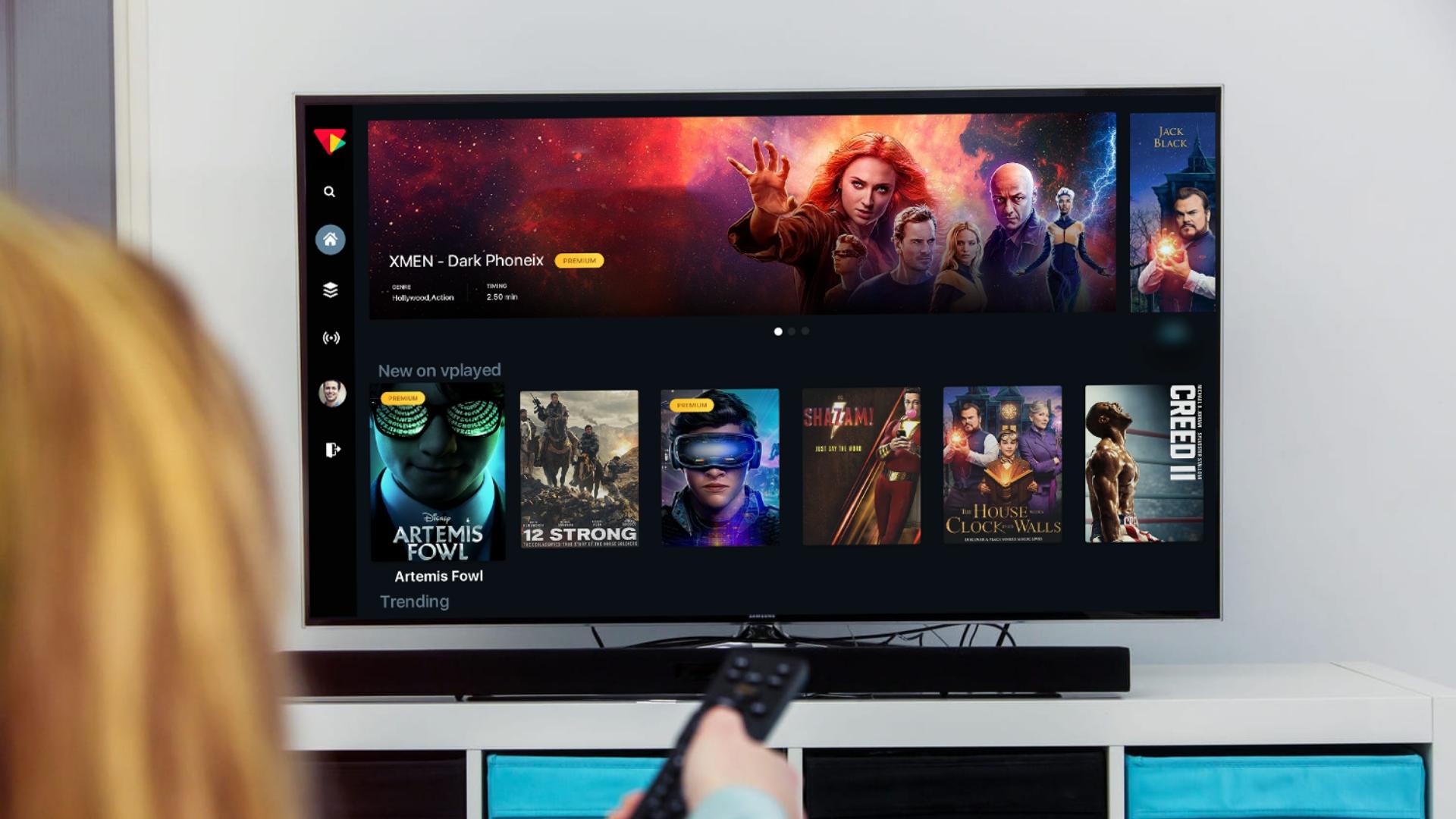Examine This Report about Apollo Group Tv
Examine This Report about Apollo Group Tv
Blog Article
The 4-Minute Rule for Apollo Group Tv
Table of ContentsWhat Does Apollo Group Tv Do?All About Apollo Group TvA Biased View of Apollo Group TvSome Known Details About Apollo Group Tv
In this scenario, rather than having three-minute industrial areas throughout a 30-minute tv program, television programs might alter to one where a customer will certainly be needed to have a monthly registration, to ensure that they cen sight targeted banner advertisements. This sort of advertising already takes place on the web, and the quantity of information tv companies collect permits them to do much the exact same.Explain the significant fads among the broadcasting and cord networks. Popular radio reveals such as police dramatization Dragnet and western cowboy collection Gunsmoke were adjusted for television, and new TV programs were sponsored by solitary advertisers, just as radio shows had actually been.
Today, the tv market is much much more complex. Programs are funded by several marketers; programs is regulated by significant media conglomerates; and the 3 significant networks no more dominate the airwaves however rather share their customers with numerous wire networks. Several aspects represent these patterns within the sector, consisting of technical developments, government policies, and the development of brand-new networks.

Some Ideas on Apollo Group Tv You Need To Know
Also public tv has become subject to the impact of advertising and marketing. Developed in 1969, (PBS) developed out of a record by the Carnegie Compensation on Educational Television, which analyzed the duty of academic, noncommercial television on culture. The report advised that the government financing public tv in order to supply variety of programs during the network eraa service developed "not to market items" however to "improve citizenship and civil service (McCauley, 2003)." Public television was additionally intended to offer universal access to tv for viewers in backwoods or audiences who might not manage to pay for exclusive television solutions.
The duration in between 1950 and 1970 is historically identified as the. Apart from a small section of airtime managed by public tv, the three major networks (called the Big Three) controlled the tv industry, jointly representing more than 95 percent of prime-time watching. In 1986, Rupert Murdoch, the head of multinational company Information Corp, released the Fox network, testing the supremacy of the Big 3.
Targeting young and minority target markets with programs such as Buffy the Vampire Killer, Moesha, Dawson's Creek, and The Wayans Bros., the new networks wanted to attract stations away from their old network affiliations. Rather than duplicating the success of Fox, UPN and WB struggled to make an impact. Incapable to draw in many associate stations, both fledgling networks got to fewer homes than their bigger competitors because they were unobtainable in some smaller sized cities.
This choice led the way for the development of cable television movie networks, adding to the rapid development of wire in the 1980s and 1990s. apollo group tv. More deregulation of wire in the 1984 Cable Communications Plan Act removed restrictions on cable rates, enabling drivers to bill what they wanted for cord solutions as long as there was reliable competitors to the service (a requirement that over 90 percent of all wire markets could meet)
The Definitive Guide for Apollo Group Tv

Having developed the initial "superstation," Turner expanded his realm by founding 24-hour news network CNN in 1980. At the end of the year, 28 national programs services were available, and the cable change had started. Over the following years, the industry undertook a duration of fast development and appeal, and by 1994 viewers can pick from 94 fundamental and 20 premium cord services.
Figure 9 read this - https://apollogtv01.creator-spring.com.16 Boosted competition from cable networks has actually triggered a stable decrease in the networks' audience ratings. Throughout the 1950s, the price of producing a solitary television program increased as programs came to be much longer and production costs skyrocketed. Sponsorship on network tv shifted from solitary sponsorship, in which a program was entirely supported and generated by one marketer, to multiple sponsorship, in which advertisers got 1- or 2-minute spots on the show
Select one of the Big 4 networks and print out its once a week programming timetable. Enjoy the network's prime-time programs over the program of a week, noting the target group for each show.
The Best Guide To Apollo Group Tv

Straight TV, frequently described as typical broadcast television, includes wire and satellite television. It's called "direct" because content follows a fixed shows timetable, unlike on-demand web content which the individual visitor decides to view based on their very own preferences and timetable. So, when you ask, "What is straight TV?", think of it as the timeless means of viewing TV that has actually been around for years.
Report this page